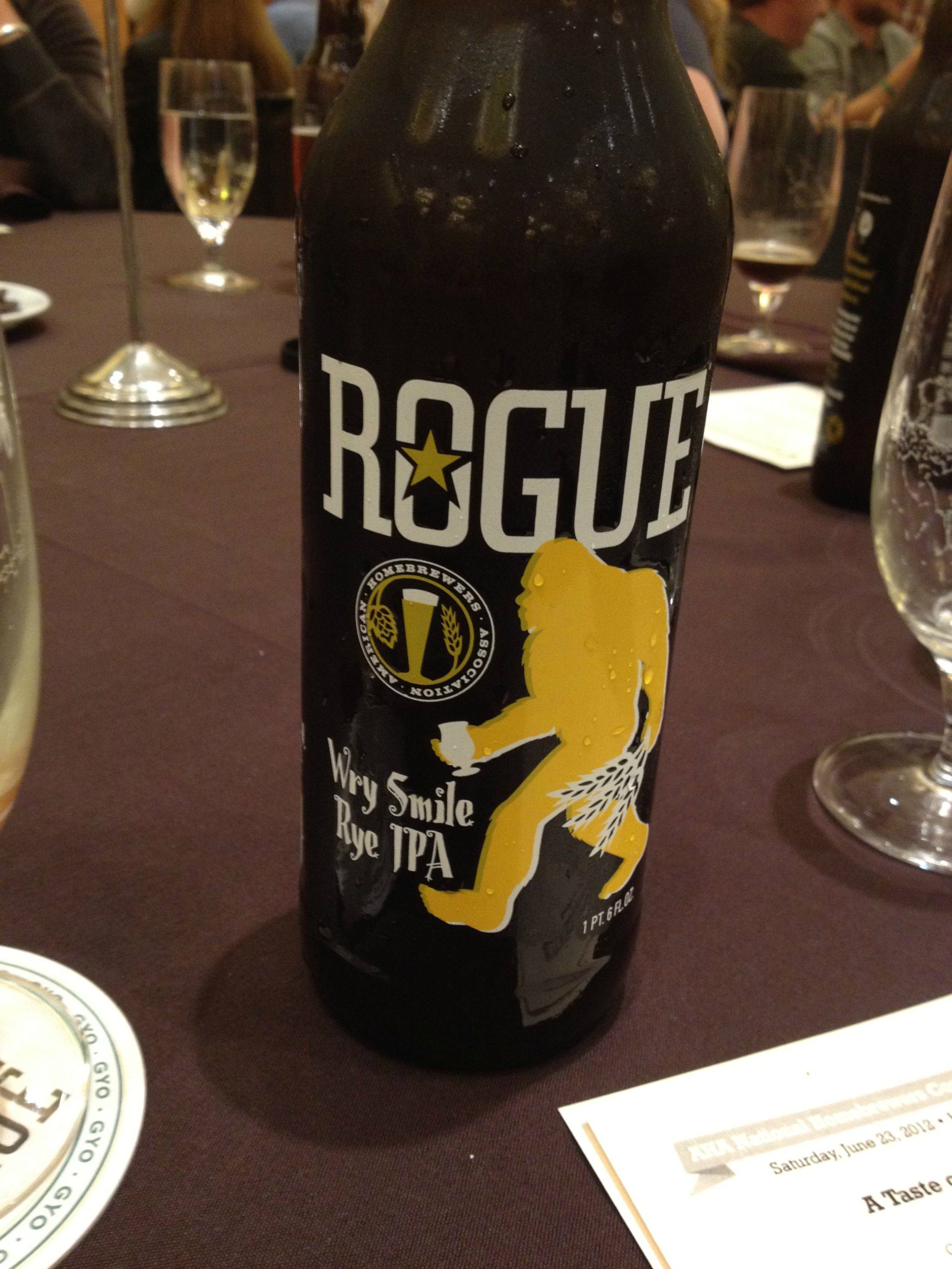DrinkNoH2O
Well-Known Member
I hate to go back to the beginning of this thread, but I just found this recipe and the first few posts gave me a bit of confusion. The OP said SG would be 1.085, which is in line with my calculations and every program that I've plugged this recipe into. But Denny, you yourself said you had some fermenting that came out at 1.073. What is the reason for the discrepancy between the gravities? Does it have something to do with the rye?
Thanks for the clarification!
Excellent question, I had the same concern. Start reading here:
https://www.homebrewtalk.com/f69/denny-conns-wry-smile-rye-ipa-84515/index4.html#post2164844
Basically you want to scale the recipe to an OG of 1.073 with 70-75 IBUs. Nothing special about the rye in terms of throwing off the gravity or anything.



